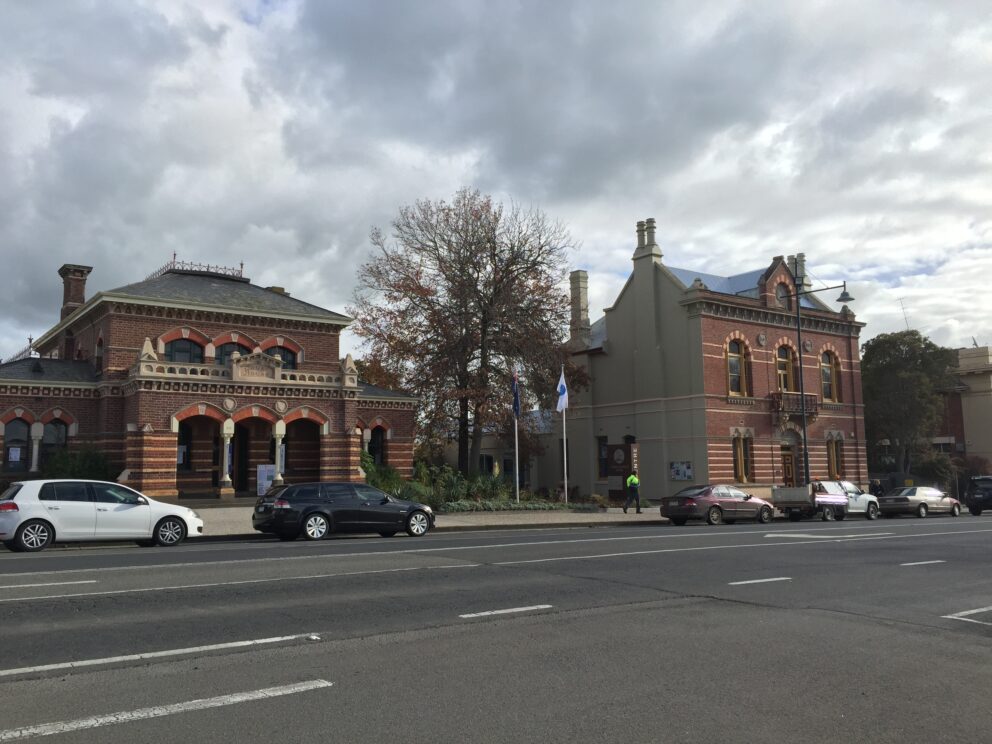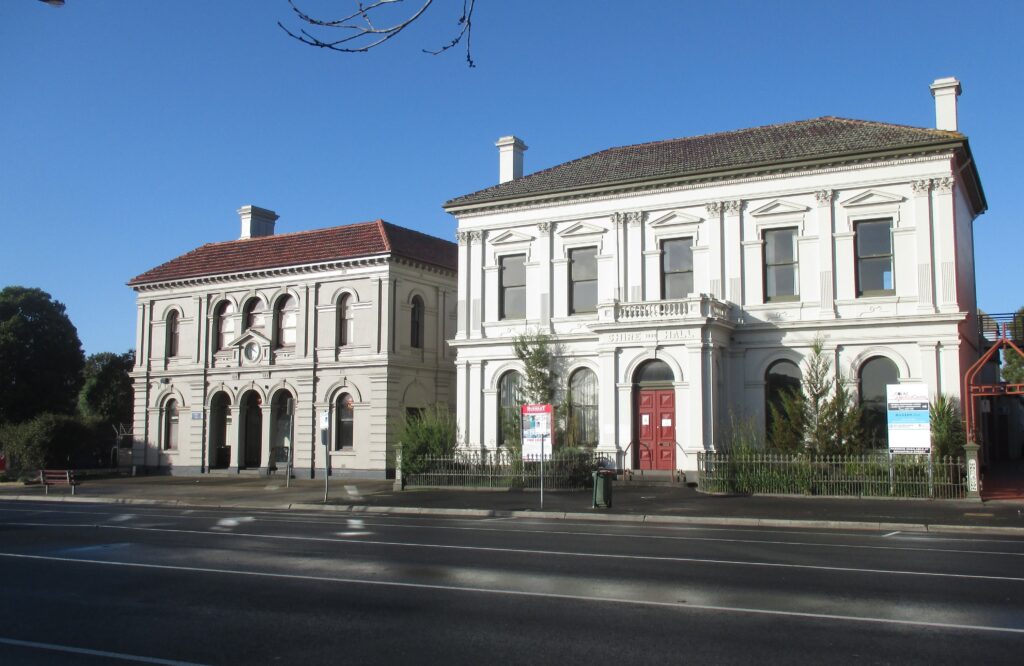National Trust Provides Feedback on New Local Heritage Guidelines

In August 2025, the Department of Transport and Planning (DTP) invited feedback from heritage and planning scheme stakeholders on draft Local Heritage Criteria and Threshold Guidelines (draft guidelines).
The National Trust commends the initiative of DTP for drafting the Guidelines—a significant milestone for local heritage understanding and protection across Victoria. These guidelines aim to provide support for the assessment of local heritage significance and subsequent decisions to apply the Heritage Overlay. For heritage advocates, local councils, and communities across the state, this represents a much-needed framework to protect the places that make our neighbourhoods distinctive.
Why These Guidelines Matter
Until now, many practitioners have defaulted to using the Victorian Heritage Register Criteria and Threshold Guidelines, which were designed for assessing state-level significance. This approach has inadvertently perpetuated the notion that local heritage is somehow less important than state heritage—a problematic misconception that undermines community efforts to protect beloved local heritage.
The new draft guidelines specifically address local significance, offering planning authorities, heritage consultants, and other planning system users a dedicated tool to assist them in the evaluation of the heritage places that matter most to their communities.

A Strong Foundation
We believe clear, precise guidelines will provide consistent justification for local heritage protection decisions and foster better community understanding of why certain places deserve safeguarding at a local level.
While the draft guidelines adopt a similar approach to The Victorian Heritage Register Criteria and Threshold Guidelines which are used to assess the cultural heritage significance of places and objects for possible state heritage listing, they focus on the distinction and nuances of assessing local significance and meeting local significance thresholds.
Providing Feedback
As the guidelines move through this important consultation process, there’s opportunity to refine them into a truly useful and accessible tool – one that empowers communities to recognise and advocate for their valued local places and supports consistent assessment and decision-making processes related to our local heritage protection systems.
As a result, the National Trust along with other heritage stakeholders and planning scheme user groups, including many local government planning teams, have provided valuable feedback on the draft Guidelines.
Along with feedback on specific elements, the National Trust provided general recommendations for improvement, including ensuring the guidelines target and are accessible to a broader audience than is currently the case. While they’re currently written primarily for professionals and planners, one of their greatest potential benefits will be in helping community members, property owners, and heritage place managers understand what local significance means and why their places matter.
The National Trust also advised that case study examples for each criterion should be included in the Guidelines. Provision of precinct, regional, metropolitan, and suburban examples would help all councils find relatable scenarios and understand how the criteria and thresholds apply in practice.

Looking Ahead
Despite these critiques, the draft guidelines represent important progress. They acknowledge that local heritage deserves its own assessment framework and provide a foundation for more consistent, defensible protection decisions across Victoria’s diverse municipalities.
The Department of Transport and Planning has advised that the feedback will be reviewed and used to inform the final Guidelines, with a release date yet to be announced.
+ There are no comments
Add yours